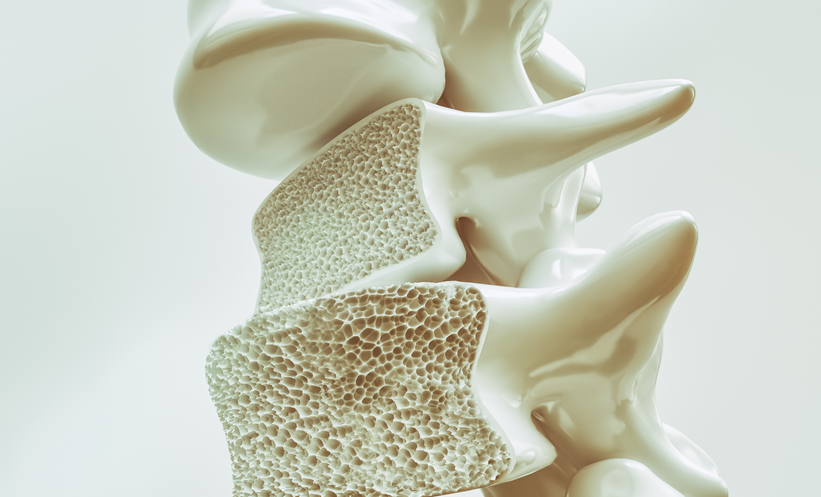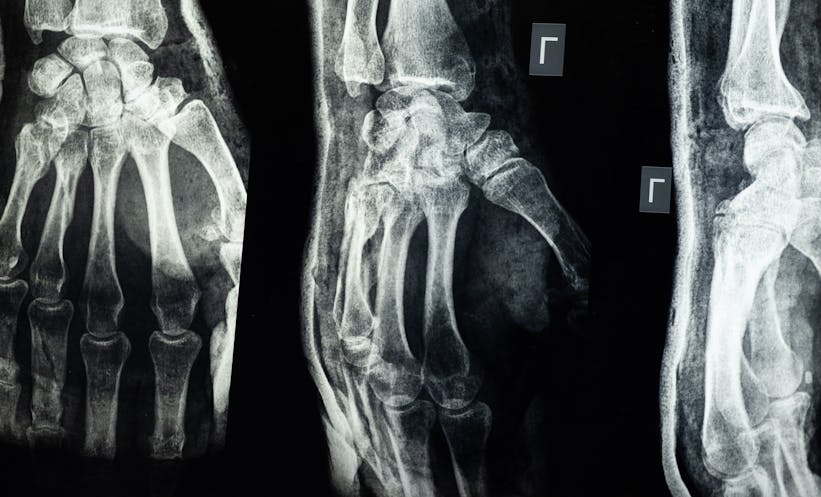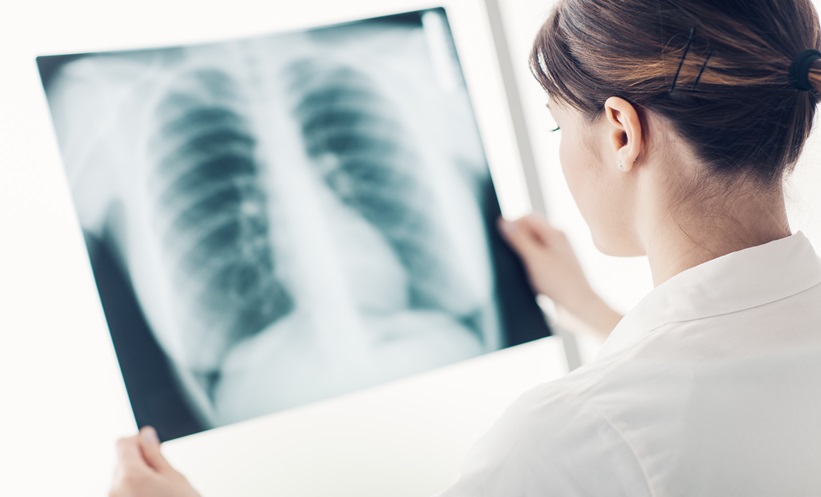LUNG transplant patients should undergo annual bone health screenings using dual-energy X-ray absorptiometry (DEXA) for the first two years post-surgery, according to recently published research. The research, conducted by a group at the Mayo Clinic, Jacksonville, Florida, USA, found that individuals who undergo lung transplants face accelerated bone mineral density (BMD) loss, putting them at increased risk of osteoporosis and fractures.
“Early detection of patients with low BMD may allow for intervention and treatment before the development of fractures,” the study authors noted.
With approximately 2,700 lung transplants performed annually in the United States, the study highlighted the critical need for bone health monitoring in this patient population. Researchers explain that several factors contribute to decreased BMD in lung transplant patients. Physical inactivity due to pre-existing health issues, combined with decreased activity post-surgery, as well as immunosuppressive corticosteroid treatments aimed at preventing organ rejection, all play roles in accelerating bone loss.
DEXA scans, the standard imaging method for detecting low BMD, were used in the study to measure the rate of BMD loss and to establish an optimal screening interval. The retrospective analysis included data from 259 patients over age 50 who had lung transplants between January 2010 and December 2023. Each patient had two DEXA scans: one prior to the transplant and one after a median of 725 days post-surgery.
Results indicated that 65% of patients already had osteopenia or osteoporosis before their transplant, with men showing higher baseline BMD than women at all sites measured. Following transplantation, the femoral neck showed the fastest rate of BMD loss, with patients who began with normal BMD levels experiencing the most rapid decline.
The research team estimated significant changes in femoral neck BMD would occur at approximately 409 and 867 days post-transplant, reinforcing the importance of screening within the first two years. While annual DEXA scans could detect early BMD loss, the team noted that the cost of frequent imaging must be balanced against preventive strategies, such as early bisphosphonate therapy, to stabilise bone health.
“A hybrid model with targeted DEXA screening for high-risk individuals, combined with universal preventive measures early in the post-transplant phase, may be the ideal approach,” the group concluded.
Reference
Sebro R, Elmahdy M. Optimized surveillance frequency for low bone mineral density (BMD) screening using dual energy X-ray absorptiometry (DXA) in patients after lung transplant. J Heart Lung Transplant. 2024;DOI:10.1016/j.healun.2024.10.028.








